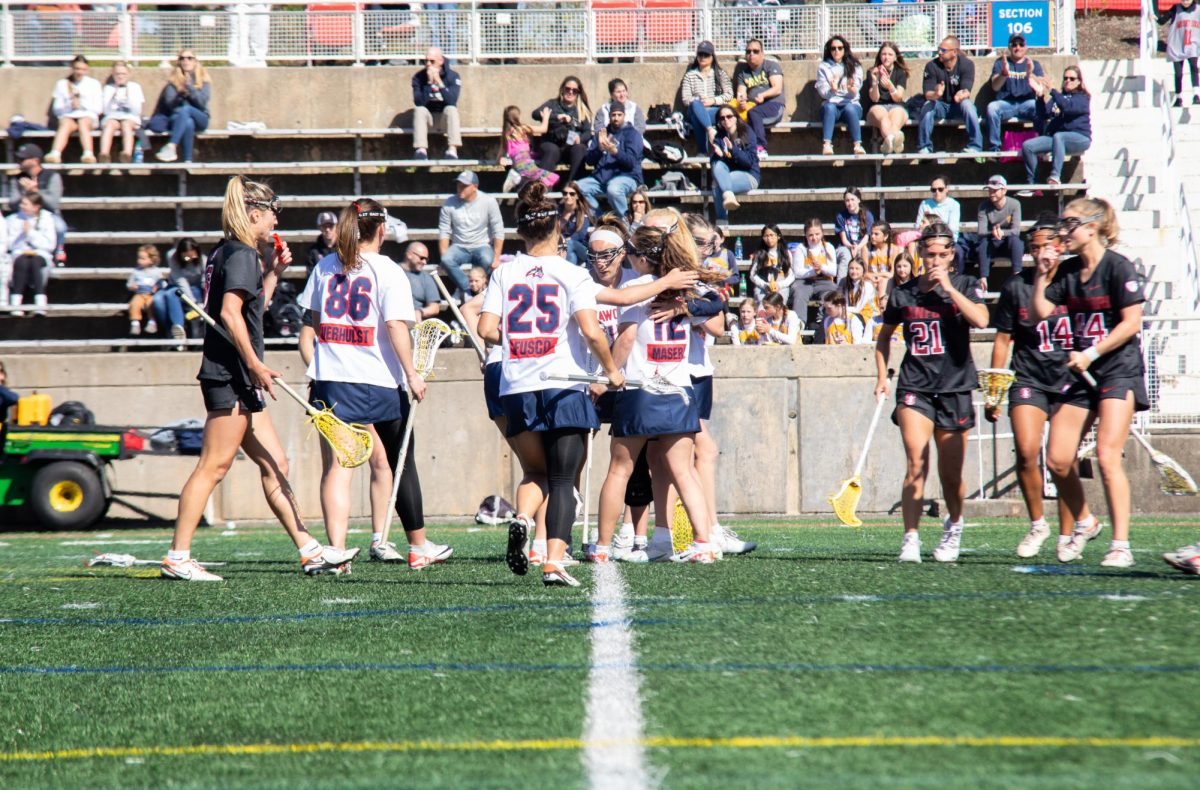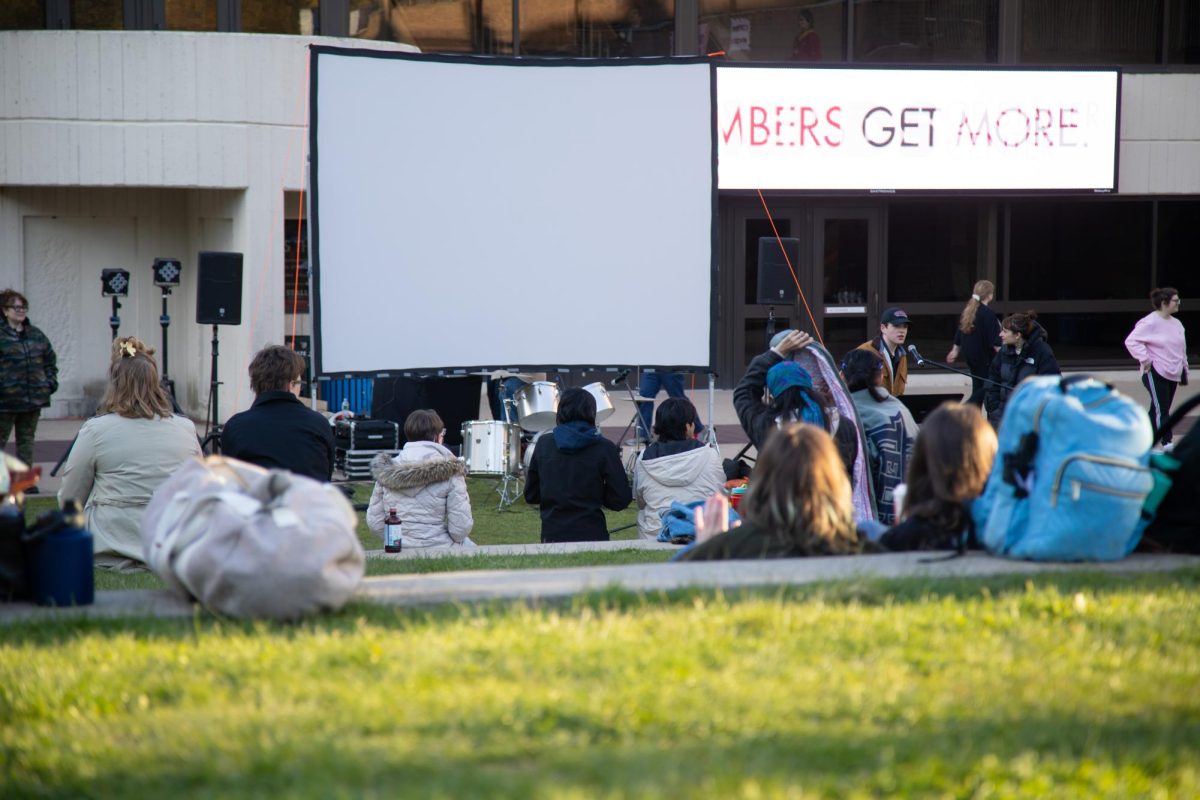
The Pre-Law Society’s Mock Trial team is currently in session, and soon, a Moot Court team may be, too.
Mock Trial is a simulation of a trial. Skills are gained through volunteers taking on roles as attorneys and witnesses, and by teaching students the Federal Rules of Evidence, which are usually taught over two semesters in law school.. Meanwhile, Moot Court aims to simulate a courtroom in an appellate setting. Rather than having witnesses or questioning, it’s just a team of lawyers speaking to a panel of judges. The two, while both practiced by students to prepare for law school and careers, are not always offered at the undergraduate level. Stony Brook University is one of the many that has a Mock Trial team and not a Moot Court team.
But perhaps not for long.
“I think it’s important to try and get every undergraduate school started on a Moot Court,” said Samson Woo, a freshman following a pre-law track and majoring in economics. He was a part of Moot Court during his junior and senior years of Francis Lewis High School.
Woo was the one to suggest adding Moot Court to Stony Brook’s list of academic extracurricular activities.
“Surprisingly, and nonsensically, high schools have more Moot Court teams and competitions than undergraduates do,” Woo said. “The irony is that high schoolers don’t need the experience to get into law school, undergrads do.”
Despite a budget cut for this fiscal 2011-2012 year, where the Pre-Law Society went from $4,000 to $2,945, members of the group are considering adding Moot Court to their list of offerings, and in the long run, to their resumes.
Currently, Mock Trial is the only program they offer that gives students an opportunity to practice for their graduate schools and potential careers.
“What mock trial does, in my opinion, is it’s the best way for you to prepare for law school,” said Sidra Mahfooz, the former captain of the Mock Trial team. “You have this huge edge over everyone else because you’ve been doing it. The best way to learn is by doing it.”
Mock Trial teams are still not in every undergraduate institution though, including schools in the SUNY system such as Oswego and Plattsburgh.
According to Frank Guliuzza, the dean of academic affairs and a professor of government at Patrick Henry College in Purcellville, Va., undergraduate level Mock Trial became established in the 1980’s with 640 teams nationally whereas Moot Court is in its eleventh season with 250 teams nationally. Guliuzza is the president of the executive committee of the American Collegiate Moot Court Association, or ACMA, which is an organization based on building a system of “top-quality undergraduate moot court competitions in America,” according to its website.
“It’s at the pace [mock trial] was at its age,” Guliuzza said of Moot Court.
He also said during the 1980’s, many law schools thought Mock Trial was too advanced for the undergraduate level, but eventually high schools and undergraduate colleges began to try it. Decades later, the same is happening with Moot Court.
Graduate schools thought both programs were “too complex for college kids and high school kids,” Guliuzza said. “Of course that’s not true.”
And, according to him, the cost of Moot Court is not very expensive when simply adding to a group that already has Mock Trial — such as the organization at Stony Brook. The price is not as high because the teams are smaller so there are less travel expenses when students go to competitions.
“Moot Court in a lot of ways makes it better for Mock Trial,” Guliuzza said. “Having that practice makes you a shade better for Mock Trial.”
The experience of Moot Court counted in the long term for Roberta Harding, a professor of law at the University of Kentucky’s College of Law.
“One very important benefit from that experience was it gave me the opportunity to learn how to work in a group,” said Harding, who was an Ames Moot Court semi-finalist and finalist while at Harvard University Law School. “You certainly do have sole practitioners but a lot of practicing law is knowing how to be a team player and it really taught me that.”
“Much of law is team work,” she added.
Being a part of either of these programs gives students the opportunity to not only test themselves within the field, but even just as simply as testing out if this is the right career choice for them.
“It makes you work in a discipline,” Ancy Thomas, president of the Pre-Law Society, said. She was a captain of her high school’s Mock Trial team for four years.
“It strengthened the feeling I had for law,” she said.
While Stony Brook is known for its science and medicinal programs, the pre-law track is being noticed a bit more.
“There’s a growing number of pre-law students at the Stony Brook campus, although with some help there could definitely be more,” said Mahfooz.
The budget cuts for the organization, which shaved off a little more than $1,000 this year, has slowed down the process for adding Moot Court to the Pre-Law Society. However, Thomas said the group is hoping to look into it further for next semester.







